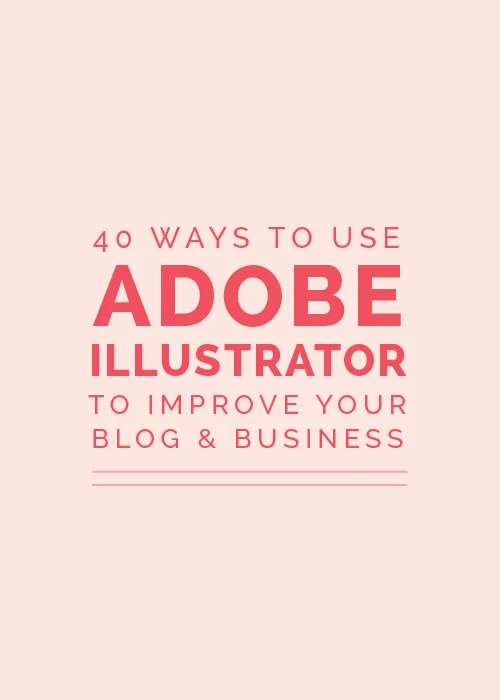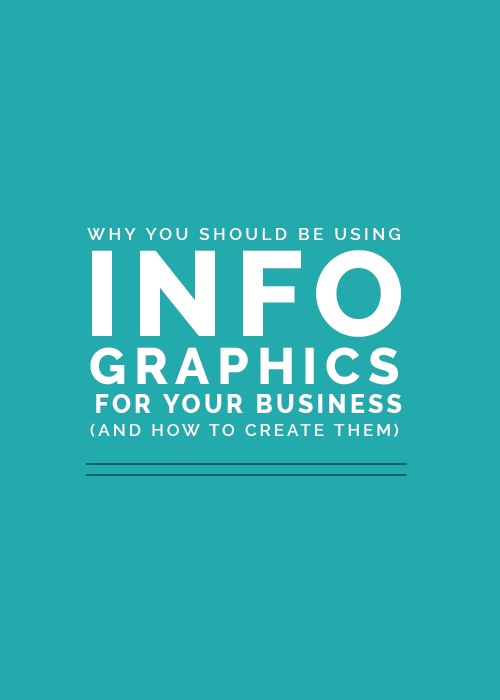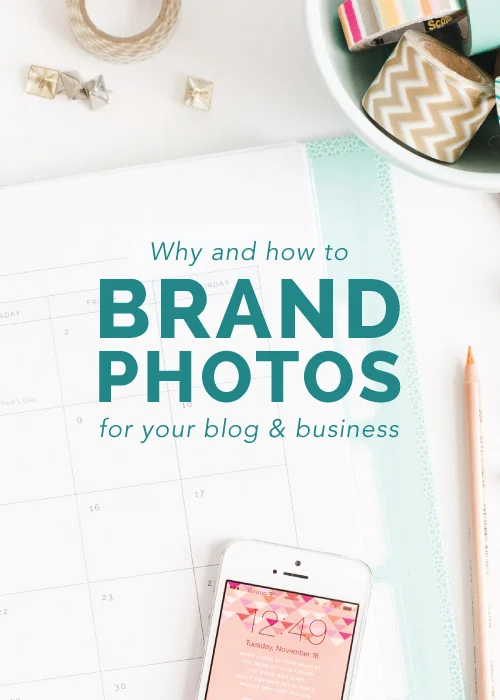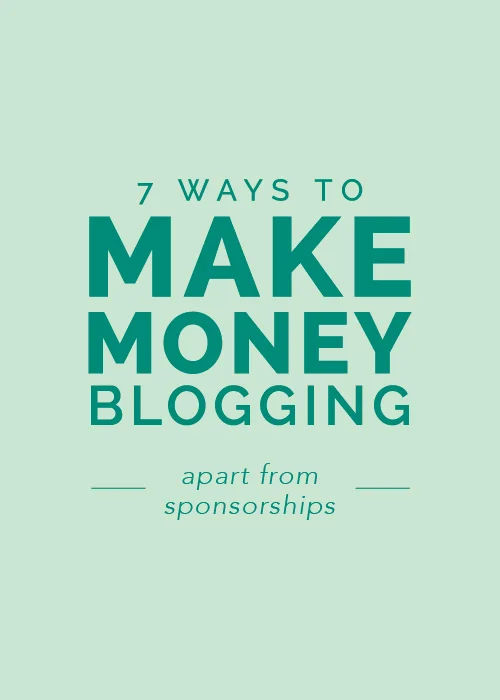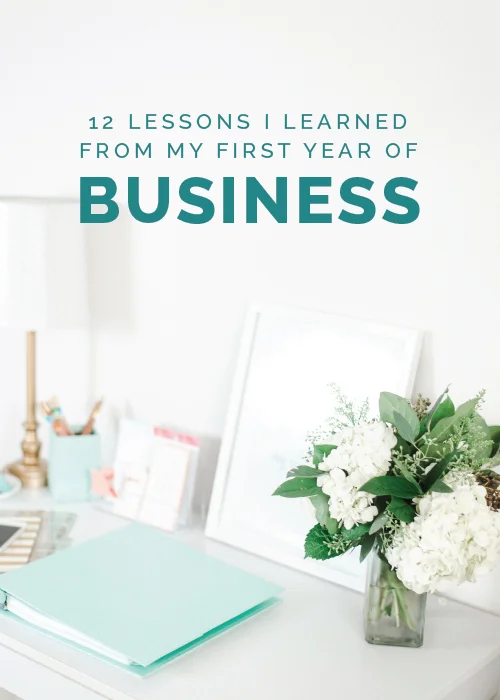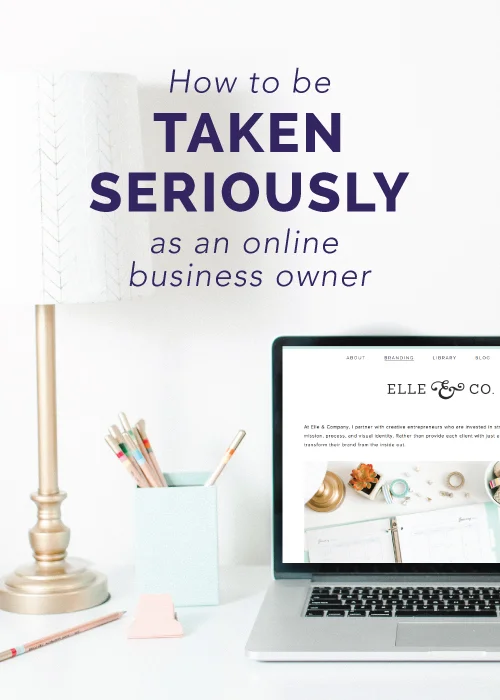Like most occupations, it's helpful to have a process in place as I go about my work. I haven't seen many creatives approach this subject, so I thought it might be helpful to spend the next few weeks sharing my own creative process. While my method may not work for everyone, my hope is that these posts will encourage you to streamline your own process and think through the steps you take as you go about your work. (Why is it important to have a process? Find out in last week's post!)
Visual Communication Design. I always wondered why they changed a simple, common name like "Graphic Design" to an unrecognizable name with so many syllables. I feel the need to explain myself when I tell people that my degree is a Bachelor of Fine Arts in Visual Communication Design, so I end up bypassing it all and sticking to what everyone is already familiar with: "I have a degree in graphic design."
But the longer I'm in this field, the more I see that the name is a perfect fit. Graphic design isn't only about creating pretty things (although that's definitely one my goals as a designer); it's about problem solving to visually communicate an idea.
Clients come to me with problems: they don't have a website for their business, their current logo and website don't accurately capture the mission of their company, they're narrowing their focus and they want their brand to reflect their change in direction, etc. In order to solve their problems, visually communicate their ideas, and meet their needs, I have to clearly understand what their needs are. Which brings me to step 1 of my creative process...
Defining the Problem
It seems so simple, doesn't it? But if I miss this step, I miss the boat. If I don't clearly define the problem and communicate with my client before I put pen to paper, I will end up with 10+ revisions and an unhappy customer down the road. I have to have a good understanding of what the client's goals and expectations are in order to deliver a brand that accurately displays their business.
What does this look like?
Like most designers, I meet with my clients in person or by Skype for an initial consultation to discuss their project. This usually involves many questions, some clarification, and a lot of listening. I start by asking questions about their business before I begin asking about their design needs. What is the purpose and mission of your business? How did you get started? Who is your ideal customer? What are your business goals? Then I move onto more specific questions: What are you looking for in terms of design? What are some keywords that come to mind when you envision your new brand and website? While I listen to the answers, I jot down lots and lots of notes on my Client Detail sheet. I keep those notes nearby and refer back to them when I move into the next step of my process (more on that next week!)
Many designers create a creative brief after they meet with a client to compile their notes and nail down project goals. A creative brief is a usually a single-page document that outlines the purpose and expectations of a project, and it's a great way to make sure that you and your client are on the same page. (Visit this great article for more insight into creative briefs.)
Communication is fundamental in my design process and in my occupation. In order to visually communicate an idea through design, I have to define the problem and know who and what I'm designing for.
What could this step look like for you?
Whether you're an engineer, teacher, hairstylist, bank teller, photographer, or even a student, chances are your first step deals with some sort of problem solving and communication. So what could this step look like for you? What tips and advice have you found helpful for clearly communicating and documenting expectations with your clients and coworkers?

